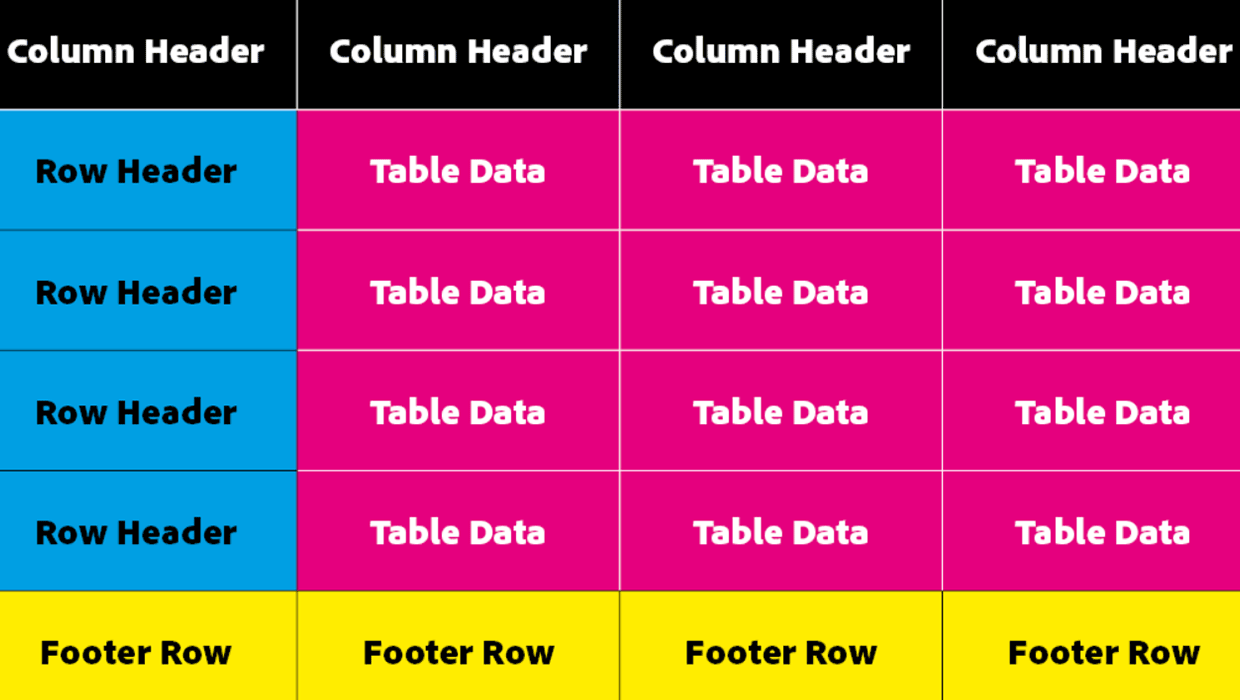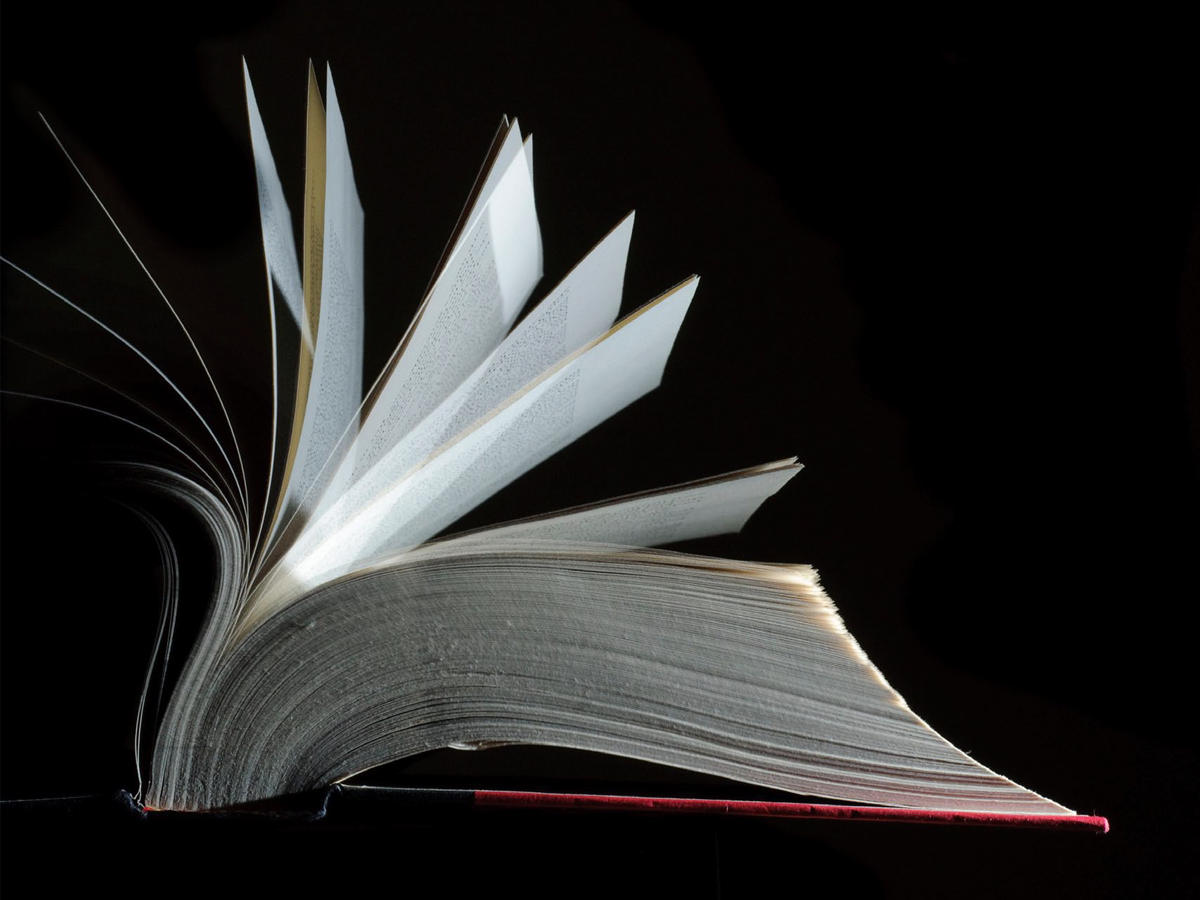Using the Adjustment Brush in Photoshop
Learn how to use the Adjustment Brush in Photoshop, which allows you to apply image adjustments selectively, intuitively, and nondestructively.

This article appears in Issue 35 of CreativePro Magazine.
Adjustment Layers have been present in Photoshop since forever (version 4), allowing users to create editable, non-destructive ways of applying color, saturation, and contrast changes to images. But while each Adjustment Layer comes with a layer mask, which allows for selective application of the adjustment, many users are not familiar with the multi-step process this entails. The new Adjustment Brush, introduced in the July 2024 update to Photoshop, makes the process much more discoverable. Here’s how to use it.
Select the Brush
First, find the Adjustment Brush. It will appear in your toolbar by itself (not grouped with any other tools). If you have Rich Tooltips enabled you’ll have the opportunity to view a helpful video to acquaint you with the tool. 
Choose Your Adjustment
Before you start painting, choose the Adjustment you want to work with. Here, I’ve selected the Exposure adjustment, and started painting with it. The effect is much too strong, and while you could lower the Exposure value in the Properties panel, there is a better approach. 
Lower the Brush Opacity
You can change the opacity of your brush (as with all Photoshop brushes) using the number keys: 5 for 50%, 1 for 10%, and back to 0 for 100%. Here, using an opacity of 30% allows me to paint in the Exposure effect more subtly, building it up where I want extra strength. 
Add an Adjustment
Click the Add New Adjustment button on the floating Contextual Task Bar, and choose your new Adjustment. It’s important to do this before starting to paint with the Adjustment Brush, or you’ll simply add to your existing Adjustment. Here, I’ve chosen the
Hue/Saturation adjustment in order to recolor the model’s hair. 
Make It Visible
To make it easier to see what’s going on, I first dragged the Hue slider all the way to the left to produce an extreme effect. Then I was able to paint with the Adjustment Brush (having first set the opacity of the brush back to 100%), the bright blue hair making the painting process that much more visible. 
Adjust the Adjustment
The key feature of Adjustment Layers is that they’re fully editable. So now, having painted the hair area, it’s possible to drag the Hue slider in the Properties panel to a more realistic color – in this case, a strong auburn. 
Fix the Mistakes
There’s a strong dark blue patch to the right of the model’s hair. That’s due to inaccurate painting: the Hue/Saturation adjustment has affected the background as well as the hair. Because the Adjustment Brush paints on the Layer Mask it’s easy to correct: swap the foreground and background colors (shortcut: X) so you’re painting with black rather than white, and now when you paint you’ll hide the effect. 
Pay Attention to Detail
As well as removing the blue cast behind the hair, I also painted in black to hide the color change where it had leaked over the model’s forehead. A small mistake, but a giveaway if you let it pass. 
Change Anything
Any adjustments you create with the Adjustment Brush appear in the Layers Panel as separate layers. You can turn them on or off, change their opacity, or change their mode (from, for example, Normal to Hard Light). You can also change the settings of each of the adjustments individually. Here, I’ve changed the Hue of the hair to pink for a more dramatic look. And of course you can continue to paint the effect in and out. I’ve added the pink color to the model’s lips as well. 
Commenting is easier and faster when you're logged in!
Recommended for you

How to Make Accessible Tables
Make tabular data accessible using InDesign, Word, PowerPoint, or Excel

Using CC Libraries in Word and PowerPoint
Learn how to share and reuse design assets from your Creative Cloud documents in...

Book Design Basics in InDesign
For book designers, let this article be your guide to getting the most from InDe...



